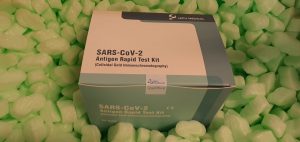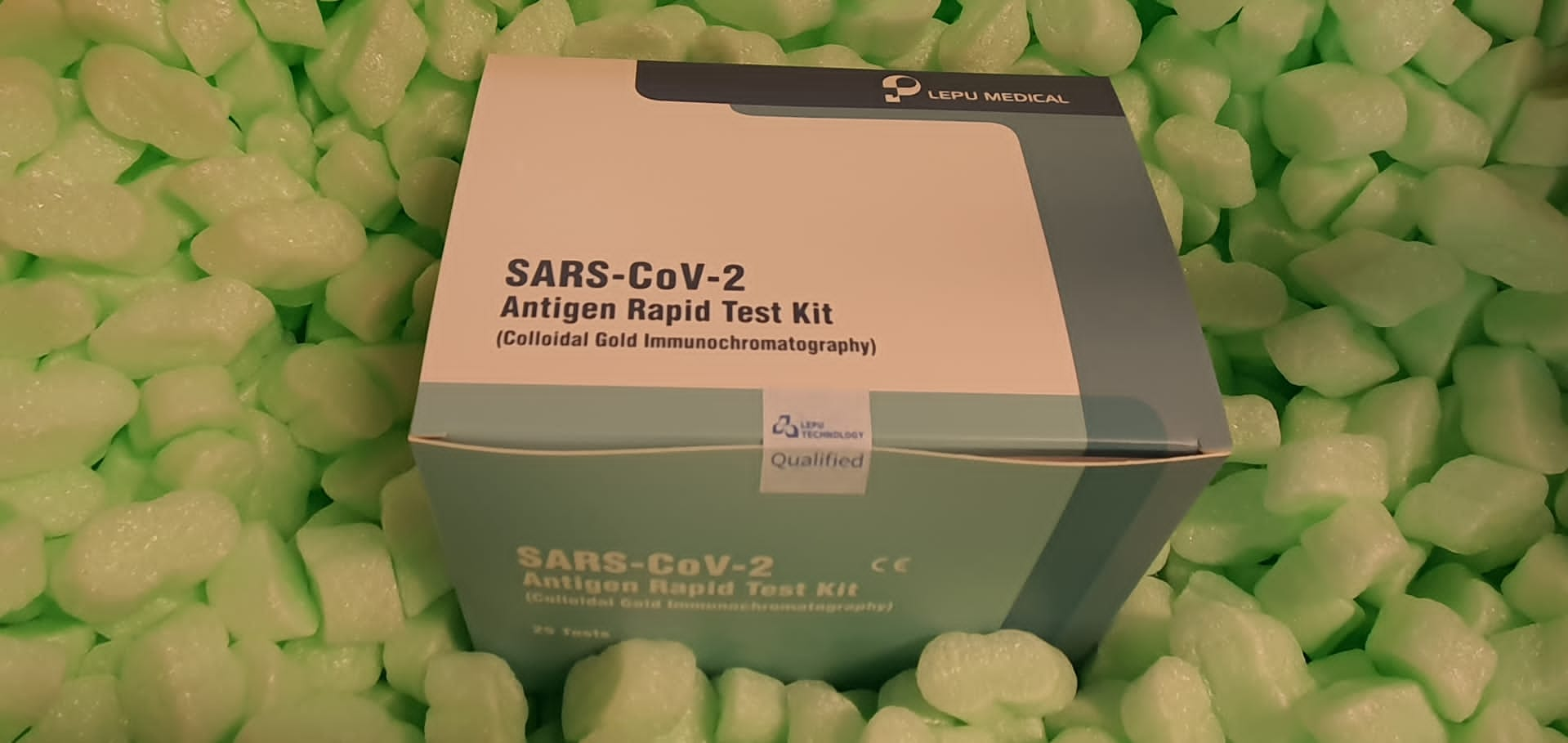Serum 25-hydroxyvitamin D concentrations in dogs with gallbladder mucocele
Gallbladder mucocele (GBM) is a standard biliary dysfunction in canines. Gallbladder hypokinesia has been proposed to contribute to its formation and development. The particular explanation for gallbladder stasis in canines with GBM in addition to viable therapy choices to resolve dysmotility stays unknown.
Vitamin D deficiency is among the many potential causes of gallbladder hypokinesia in people and repletion leads to full decision of stasis. Enhancing our understanding of the connection between serum vitamin D and GBM might assist determine canines as a mannequin for people with gallbladder hypokinesia.
Moreover, this relationship might present perception into the pathogenesis of GBM and help the necessity for future research to research vitamin D as a novel therapy goal. Due to this fact, objectives of this examine had been i) to find out if serum 25-hydroxyvitamin(OH)D concentrations had been decreased in canines with GBM, ii) if serum 25(OH)D concentrations had been totally different in medical versus canines subclinical for GBM, and iii) to find out if serum 25(OH)D concentrations might predict the ultrasonographic kind of GBM.
Sixty-two canines (medical, n = 26; subclinical, n = 36) with GBM and 20 wholesome management canines had been included on this potential observational examine. Serum 25(OH)D concentrations had been measured with a aggressive chemiluminescence immunoassay. General, canines with GBM had decrease serum 25(OH)D concentrations than management canines (P = 0.004).
Subsequent subgroup evaluation indicated that this distinction was solely vital within the subclinical group in comparison with the management canines (P = 0.008), and serum 25(OH)D concentrations didn’t considerably differ between canines medical for GBM versus subclinical or management canines, indicating that inflammatory state in medical canines was not the most important constituent of the noticed findings.
Lowering serum 25(OH)D concentrations, however not medical standing, was related to a extra superior developmental stage of GBM kind decided by ultrasonography. Our outcomes point out that vitamin D has a job in canines with GBM. Further research are wanted to evaluate if decreased vitamin D in canines with GBM is a trigger or impact of their biliary illness and to research if vitamin D supplementation may very well be useful for canines with GBM.
Associations of main depressive dysfunction and associated medical traits with 25-hydroxyvitamin D ranges in middle-aged adults
Vitamin D deficiency has been prompt to contribute to the onset of melancholy, however printed outcomes are inconsistent. The goals of this examine had been 1) to check serum 25-hydroxyvitamin D (25(OH)D) ranges in sufferers with melancholy and non-depressed controls and a pair of) to look at whether or not distinct subtypes and symptom severity of melancholy could fluctuate of their affiliation with 25(OH)D.
The examine concerned cross-sectional knowledge of n=1169 members from the BiDirect Research (n=639 sufferers with clinically recognized main depressive dysfunction (MDD), n=530 controls). Serum 25(OH)D was measured by way of LS-MS/MS. We carried out evaluation of covariance to judge adjusted technique of 25(OH)D ranges and multinomial logistic regression to evaluate the affiliation of melancholy and its medical traits
specifically distinct subtypes and symptom severity, with 25(OH)D standing (adjusted for age, intercourse, schooling, season of blood pattern assortment, and life-style components). Furthermore, sufferers with MDD had a greater than 2-times larger odds of 25(OH)D deficiency than controls. Atypical melancholy confirmed the very best odds of deficiency.
In complete, 45.0% of the members had enough 25(OH)D ranges (≥20 ng/ml), whereas 24.9% had a deficiency (<12 ng/ml). Sufferers with MDD had decrease 25(OH)D ranges than controls (16.7 vs. 19.6 ng/ml, p<0.001). Sufferers with atypical melancholy had the bottom ranges (14.6 ng/ml). Symptom severity was inversely associated to 25(OH)D.
The outcomes help that sufferers with melancholy have decrease 25(OH)D concentrations than non-depressed people. Distinct subtypes, significantly the atypical subtype, could play a particular position on this context. Due to this fact, melancholy heterogeneity must be thought-about in future analysis.
There have been vital interactions between intercourse, calcium and vitamin D intakes relating to serum 25(OH)D stage. The analyses had been subsequently finished stratified. In males there was, no matter vitamin D consumption, a big lower in serum 25(OH)D with rising calcium consumption.
The distinction in serum 25(OH)D between these with the very best and lowest calcium intakes was roughly 10%. Within the females, there was in topics with low vitamin D consumption (< 7 μg/d) a big enhance in serum 25(OH)D with rising calcium consumption, which couldn’t be defined by secondary hyperparathyroidism. In females with larger vitamin D intakes, rising calcium consumption was related to decrease serum 25(OH)D ranges.


